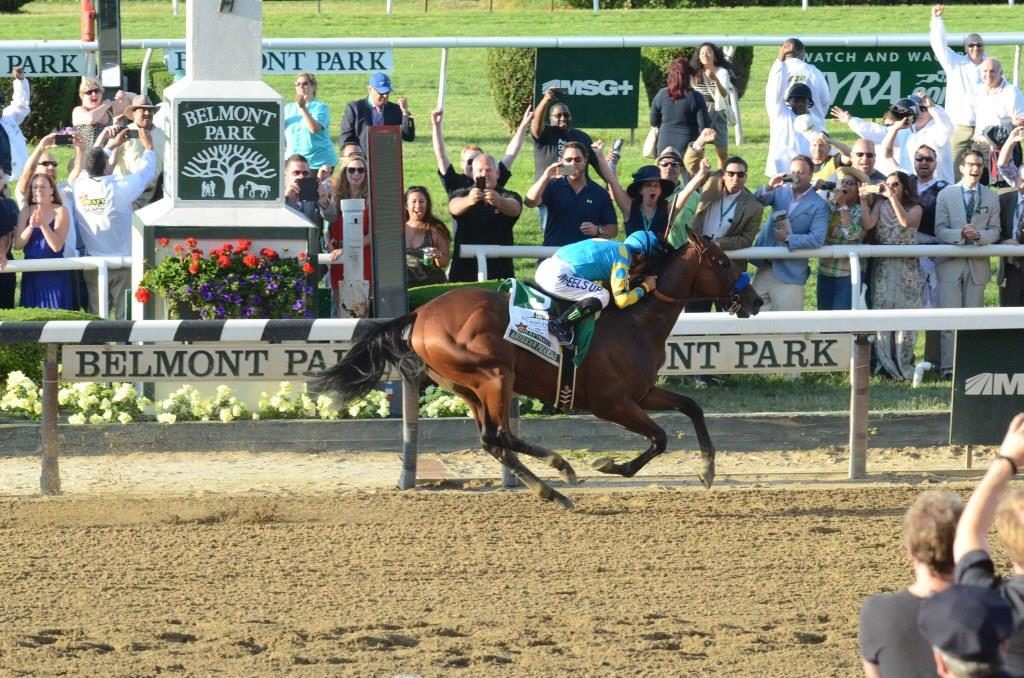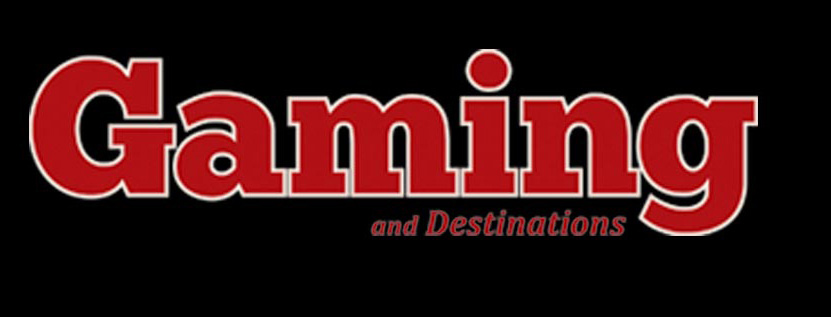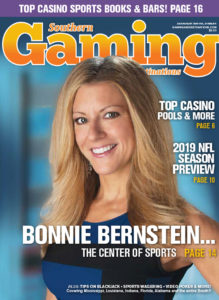
American Pharoah with Victor Espinoza up wins the Belmont Stakes and Triple Crown at Belmont Park Race Track, NY 6.6.2015
Maybe it’s just a sign of the times, but lately, most every horse player I converse with is dead set on procuring a life changing score. The advent, and hence marketing of, elaborate pari-mutual menus which promise acute financial solvency has no doubt led to this “shoot for the moon mentality” among punters yet while attempting to take down Santa Anita Race Course’s pick-6 is admirable, it’s also highly unlikely. On some days (maybe you can relate) I can’t select a single winner never mind six in a row and although keying multiple racers in each leg of a prolonged horizontal wager augments one’s margin for error, bankrolls become devastated when copious equine inclusion goes awry.
Rather than face the lottery type odds associated with a Pick-6, many adventurous players will focus their efforts on less perilous ventures which still may levy passage to the IRS window. Obviously, sessions are exceedingly amplified by cashing bets like: the “Daily Double” (selecting winners in consecutive contests) “Pick-3” (selecting winners in three consecutive contests), and countless other exotic wagers. However in some instances, handicappers should simply shelve gross speculation and “take what they are giving”.
Virtually lost within today’s cornucopia of pari-mutual “exotics”, is something entitled “straight wagering”. Comprised of the “Win” bet (selecting an outright victor), “Place” bet (selecting a runner who may finish either first or second) and “Show” bet (selecting a runner who may finish either first, second or third) straight betting (in most cases) won’t precipitate an early retirement though quite honestly brethren; neither will shredding tickets aimed at winning $50,000 jackpots.
When referencing horse racing’s three traditional “straight wagers”, there’s little doubt that “place betting” has practically become a lost art form. This is largely because conventional “straight wager players” typically gravitate towards either aggressively “betting on the nose” or conservatively selecting a racer to “hit the board”. Furthermore, place betting possesses a pessimistic stigma. It’s basically jumping with a net; said horse warrants a bet but he or she isn’t good enough to win and won’t pay squat to show.
Ask your average grizzled punter how to best utilize a place bet and they’ll likely say, “To hedge an enormous win bet.” You see, “insuring” large win bets with “par” place bets is quite common. Such a ticket might read $300 Win #2/ $300 Place #2. In this hypothetical example we are hoping to “break even” via an equivalent place bet should our selection be plagued by “second-itis”.
While I stand in agreement regarding the aforementioned methodology, it’s worth noting two additional instances where wielding a place bet may prove most advantageous. The first occurs when a heavy favorite goes post ward at odds of 1/5 or 1/9. In almost every instance, Horse Racing Nation will look to take advantage of this “sure thing” by accepting a short win price or a ridiculously short show price; like five cents on the dollar. This dynamic often generates a deficient “place pool”, thus producing the following fictional payout WIN $2.40; PLACE $2.60; SHOW $2.10.
Another advantageous place betting scenario arises when an upcoming contest showcases a dominant “entry”. Now conditions vary from race to race but usually, if two horses owned or trained by one individual are pointed towards the same race, they are pari-mutually “coupled”. In laymen’s terms, bettors receive two runners for the price of one! Consequently, if either equine finishes first or second, a punter cashes their place bet but here’s the catch. Extremely talented entries (customarily designated 1 and 1A or 2 and 2B) habitually round out a pursuit’s top two positions. When this occurs, place bettors receive what amounts to a win payout because the place pool remains intact instead of being divided between two separate entities. For instance, if an entry goes post ward at 4/5 and the race finishes 1A – 1 – 4, the tote board would resemble something like:
WIN 1A $3.60 $3.60 $2.20
PLACE 1
SHOW 4 $2.80
Good luck finding the right spots to place your wagers and when be sure to always take what they are giving.
_____
Author Bio: Eric Vaughn Floyd is a turf writer for various gaming publications and a pari-mutuel consultant for several nationwide media outlets in regards to the Triple Crown. Excerpts from his gambling memoir, My First Decade Playing the Game, can be read at LuLu.com.





